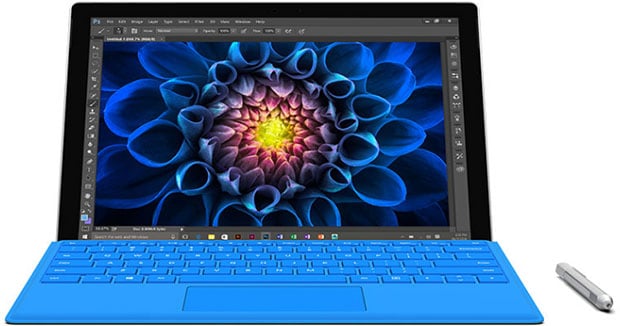Microsoft Shares 2017 Game Plan For ‘Cool’ Windows 10 Devices Leveraging Cortana And Mixed Reality

At the forefront, Microsoft wants to see a focus on cutting-edge designs, which includes ultraportables and convertibles. At the same time, vendors need to figure out how to make these same designs pack in as much functionality as possible, which ultimately takes a lot of real-estate on our ever-shrinking devices.
Under "Cool Designs", Microsoft highlights some obvious design requirements: have an IPS FHD display, a precise touchpad, and "OEM innovation" features, such as hinge design or a borderless display. Again, none of this should be surprising, as the same design goals would have applied to pre-2017 systems. However, one exception is an emphasis on systems that would be powerful enough for mixed-reality, a hybrid of augmented reality with virtual worlds.
Microsoft is also trying to promote some of its own newer features, such as Windows Hello, Cortana, and tablet mode. The company would like vendors to integrate fingerprint readers or a webcam to allow users to take advantage of Hello, it'd like to see wake-on-voice support for Cortana, as well as a pen for the touch capabilities - though clearly that would not suit all devices.
Fortunately, Microsoft gives target battery life of 10+ hours, and also demands rapid startup devices.
So what's this all ultimately mean? It means that 2017's notebooks are going to be iterations of what we've seen before, with an emphasis on squeezing out as much potential as possible - especially with regards to the battery-life.
Also worthy of note is that Microsoft has fallen behind its target of reaching 1 billion Windows 10 devices by mid-2018, although we're not sure by how much. It's certainly a lofty goal, but the fact that Windows 10 will around for a long time (if not forever), it's bound to happen at some point.


